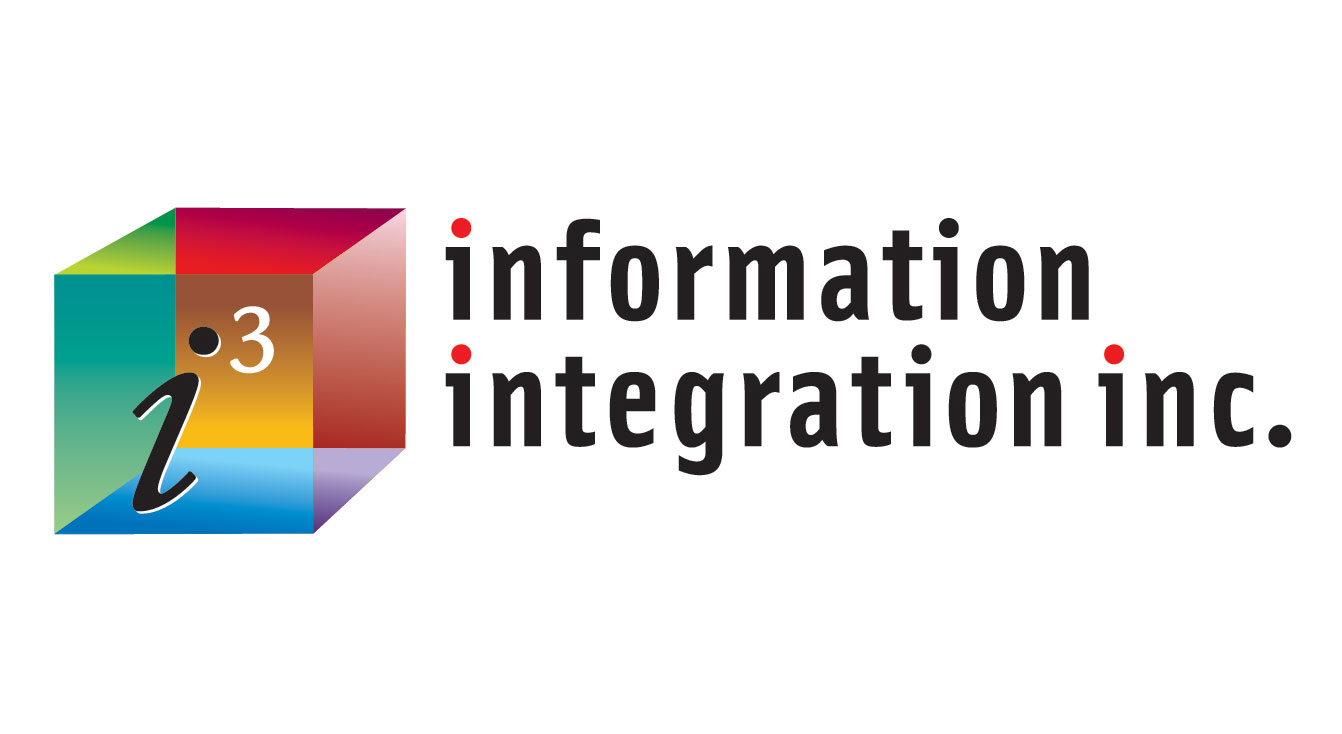Scope creep. We’ve all experienced it more often than we care to remember. And it’s not just frustrating. It can cause massive delays, a waterfall effect on other dependencies, cost overruns, and potentially a failure of the entire effort.
As a consulting firm that is often involved with fixed priced projects, we’ve had to hone our ability to bring projects in within budget or face high consequences in the form of client dissatisfaction, loss of revenues, and ongoing reputational risk. So, during our more than 25 years in business during which we’ve worked on every size project from writing a single policy to overhauling an entire global documentation and training framework and its contents, we’ve come up with controls that have worked for us and our clients every time. I share the highlights below.
Proven Ways to Stay On-Track
Here is a high-level overview of steps to take to ensure that your project stays in scope, on track, and within budget – and to be comfortable with knowing that the light that you see at the end of the tunnel as you work your way through your project is not an oncoming train!
Take Time to Lay the Groundwork
Putting a lot of attention to this phase is essential, as it will guide every step of the entire project and allow you to readily see when the project starts to veer off track. It is typically preceded by a detailed Needs Analysis.
During this phase, create a Project Roadmap in which you clearly and thoroughly define the project, its goals, and how they will be achieved. This includes the following:
- Definition and description of all project deliverables with as much detail as possible. For example, for a documentation or training project, develop a matrix listing all policies, procedures, and/or training to be developed and/or updated, along with any other project deliverables. The matrix should also contain a description of the tasks to be performed for each item mapped to related source materials, subject matter experts (SMEs), responsible parties, etc.;
- List of all people involved in the project including stakeholders, team members (internal staff and external consultants), roles, reviewers, and approvers;
- Project timing and cost estimate (or fixed budget);
- Project Plan and Development/Deliverable Schedule containing specific dates for draft and final deliverables. It’s also crucial to define the draft deliverable and review processes, including the number of drafts to final, as well as the number of days for reviewers/approvers to turn them around,
- Approach and methodology that will be used to produce all deliverables, along with a template and a sample of each of the deliverables to agree on “look and feel,” level of detail, etc. This step is especially important to ensure that everyone is seeing the same picture. If this is bypassed in the beginning of the project, it can become your first major bump in the road as the project progresses.
Closely Monitor the Project Progress
Staying on top of the project every step of the way using a project management tool of your choice (and there are many really good ones out there) is indispensable; however, it is only as good as how you use it, including when and how you will take action on slippages.
The tools that have worked very effectively for us in keeping projects in scope include the following:
- Weekly Status Reports: In order for these reports to be effective, they must be closely tied to the Project Plan/Deliverable Schedule. They should contain the current week’s accomplishments, deliverables, meeting attended, tasks that will be performed during the following week, specific needs (such as meetings, input, prep, etc.), and any issues/concerns. Any slippage or change in requirements – even the most minor – should be assessed and addressed immediately. For example, if upon digging into the details for a deliverable, some unanticipated and unaccounted for content is uncovered, the Project Manager should decide with stakeholders whether to expand the scope and budget to include the additional content or determine whether and how to address the content in a way that will not impact the budget.
- Regular meetings/check in points with key stakeholders: The frequency of these meetings is based on the needs of the project. Status meetings are a great way to ensure that everyone continually sees the same picture and end state, and provides a forum for timely discussion of any questions or issues that arise. Minutes of these meeting should be documented and shared with all stakeholders.
The Key is Constant Communication
You may have noticed that these steps are not high-tech. While you can use whichever tools and technology you’d like to support the success of your project, the most effective tools are frequent communications and decisive, timely action to address any bump – or large pothole – in the road.





